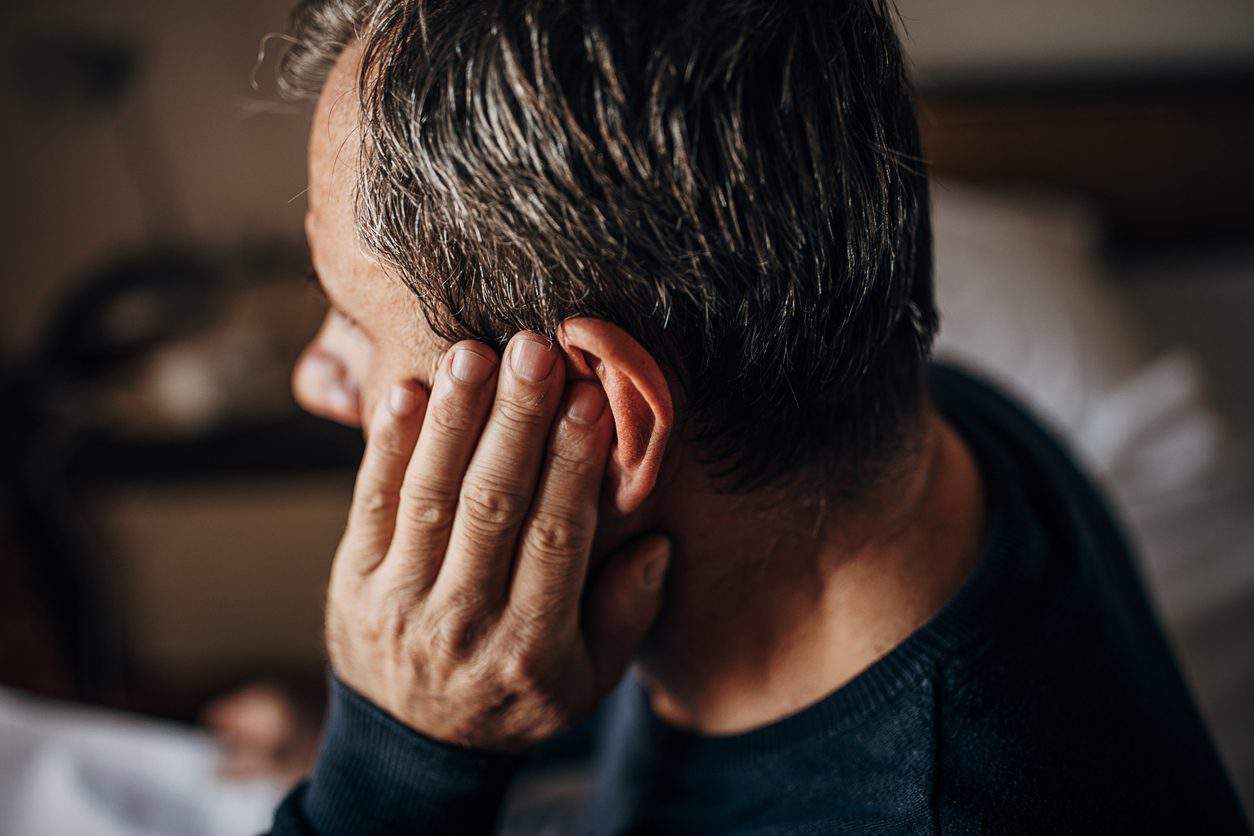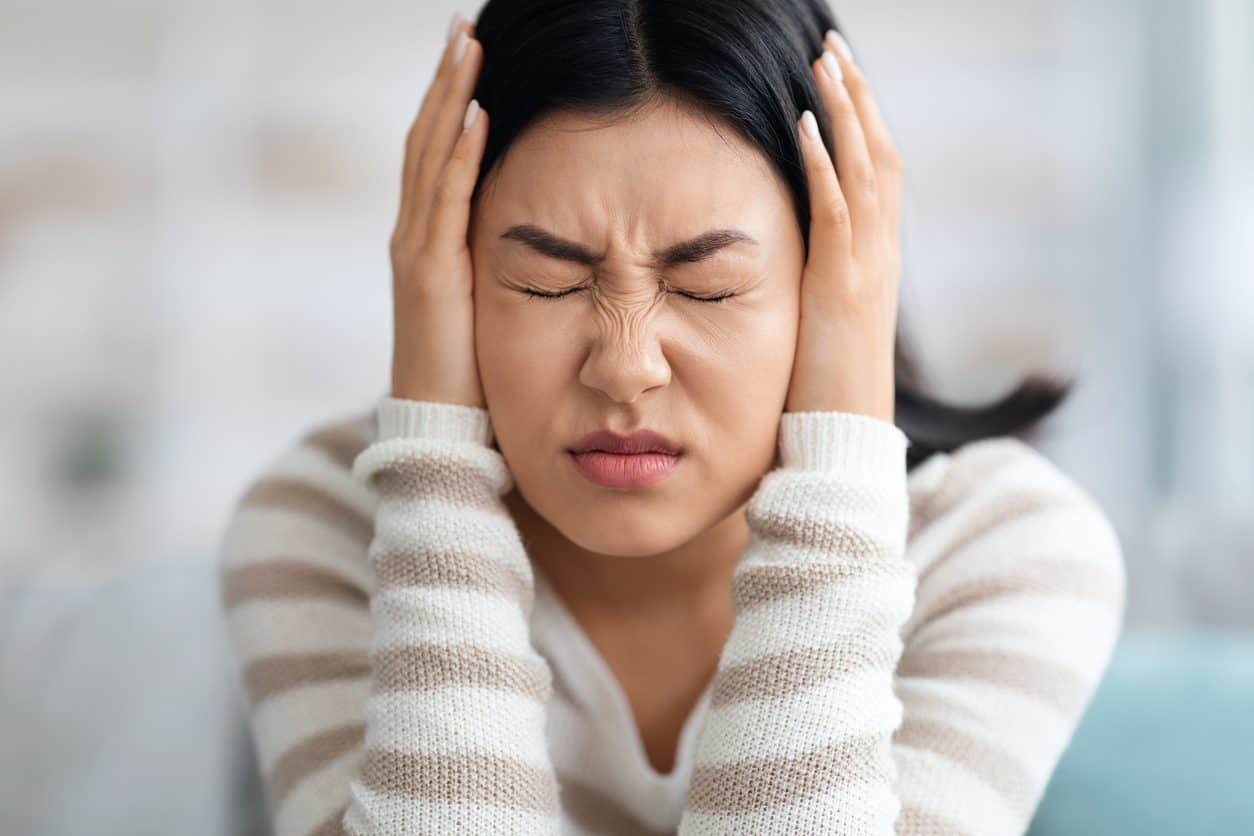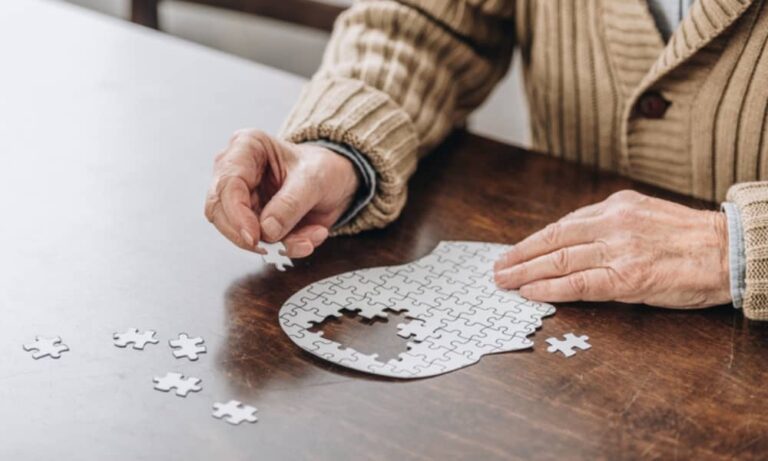Everyone becomes irritated by certain sounds from time to time, particularly if you’re trying to study, work, or concentrate. Your neighbour starting up the leaf blower just as you’ve settled down to watch your favourite show? Someone nearby blasting terrible music when you’re desperately trying to finish that work project or school assignment? A baby shrieking for hours on a flight to your dream holiday destination? Cue huffs of frustration and the beginnings of a headache.
Those who have misophonia, however, go beyond the usual annoyance level at specific sounds such as a dripping tap, a person chewing gum, windscreen wipers, and fingers tapping on a keyboard. Many of these sounds will be generated by the people around them. Their response will often appear over-the- top to others – they might react by crying or exhibiting disgust or rage.
The segment of the population who have the condition is unclear, although it appears to be more common in females. Onset usually occurs around the ages of 11-14, meaning that there might be more to a teenager’s moodiness and volatility than meets the eye. It affects the person for life, although there is support available to help them live with it.
Noise complaints: what is misophonia like?
The person’s reaction to hearing a sound that triggers their misophonia can last quite a while beyond the moment the sound hits their ears. “The distress includes discomfort in the moment which can last for several minutes or longer,” says Renee Mill, a clinical psychologist specialising in anxiety.
A person with misophonia genuinely finds the sound almost impossible to bear and it is extremely difficult for them to curtail their inherent reaction. It’s important to recognise they are not doing it to purposely be difficult or seek attention.
“The emotions that are aroused are disquieting and the physiological responses (which are anxiety responses) are distressing and sometimes debilitating,” says Mill.
What triggers the condition is specific to the individual, but frequently takes the form of repetitive sounds such as sniffing, chewing, and coughing. “In each case, a different sound may elicit these reactions,” says Mill. “For one person it is chalk on a board, for another the sound of someone eating, for another when a friend talks to them in a particular pitch.”
The brain responds to these triggers sounds by sending the person into fight-or-flight mode, which activates hormones to kick the body’s sympathetic nervous system into gear. The result? The release of adrenaline, and a chain of reactions that increase heart rate, blood pressure, and how fast you’re breathing.
This pattern is reinforced after repeated incidents. The person comes to fear encountering the sound and may take evasive action. “Brain scanning has shown that there is brain arousal when the dreaded sound is heard and current thinking is that the patient has a sensitive auditory cortex,” says Mill. “After the brain becomes aroused, a fight-or-flight response ensues and that presents as anxiety. Repetition of this cycle leads to hypervigilance and anticipatory fear of hearing the dreaded sound. Each time it happens, the response becomes more conditioned to happen again.”

This reaction to certain sounds can have a significant impact on relationships with family and friends, and impair a person’s ability to work, study, and live comfortably, says behavioural therapist Cat Outwin, who specialises in misophonia.
Those who have the condition might avoid restaurants, for example, to minimise the chances of encountering people chewing. “Often misophonics live a socially isolated life, restricting their social life, choosing compassionate and understanding partners and a work life based on an environment with minimal triggers,” says Outwin.
“They often live in an anxious, hypervigilant state, the stress response a few seconds away, waiting for the next trigger sound to occur.” Those with misophonia can be too embarrassed to speak to a health professional about it, and there’s a chance healthcare providers may not have heard of it anyway, as how it should be classified is still contested.
Conditions that are related to misophonia
Several conditions might muddy the waters when seeking a diagnosis, and they may occur together in the one individual. Tinnitus, for example, involves hearing persistent phantom noises in your ears such as buzzing or hissing.
Affecting around 10 per cent of the population, especially older people, it can be associated with an ear injury or age-related hearing loss. Hyperacusis, on the other hand, is a reduced ability to tolerate a wide variety of sounds, while phonophobia is the fear of specific noises due to the implications of those sounds.
There is also ‘exploding head syndrome’, which often occurs when asleep and wakes the person up. It is experienced as a loud, sudden sound coming from within the head. And sensory processing disorder may affect not only a person’s experience of not only sounds, but also other senses such as touch and taste. New research is beginning to better understand the causes of misophonia. A recent British study found that people with misophonia have abnormal communication between the auditory and motor brain regions – a kind of ‘supersensitised connection’. Previously, misophonia had been considered a disorder of sound processing.
New findings could bring effective therapies
Brain scans performed by the researchers at Newcastle University found that people with misophonia have stronger connectivity between the part of the brain that processes sounds and the part of the so-called premotor cortex which handles mouth and throat muscle movements.
When those with misophonia were played a ‘trigger sound’, the scans showed that the brain region involved in mouth and throat movement was over-activated compared with a control group of volunteers who did not have the condition.
These findings, reported in the Journal of Neuroscience, could pave the way to more effective therapies for misophonia.
“Someone may have those genes but no-one in the family chews loudly, has a chip-Gating habit or constantly sniffs loudly, for example, so they may not develop misophonia despite having the genetic predisposition to developing it,” says Outwin.
“Alternatively, an older sibling may have hay fever or Dad is an open mouth eater or Mum is a throat clearer and the younger sibling may develop the condition. Often these are soft sounds that people without misophonia might not even hear.”
Misophonia can come hand in hand with anxiety, as the reaction to offending sounds enacts a similar kind of stress response in the body. The resulting effects on other people and embarrassment can lead to avoiding social situations and places outside the home where triggers might lurk.
“Most of my misophonic clients suffer from anxiety-generalised anxiety disorder or social anxiety – which can lead to agoraphobia where they avoid people and places that may trigger them,” says Outwin. Misophonia can also be associated with obsessive-compulsive disorder, depression, and sensory issues.
“There is a correlation with obsessive-compulsive disorder, which can be fears around being contaminated by touching things or intense stress when objects aren’t presented in a certain way, for example,” Outwin says.
“Some can suffer from depression, especially if they am not managing the condition. I have found in my practice that they often have some sensory processing challenges as well, such as the feel of sand or grass under their bare feet or the feel of hair on their face.”
How misophonia sufferers can find peace
There are various ways those who have misophonia might manage their condition, including a device similar to a hearing aid that emits white noise to distract from their sound triggers. Getting plenty of sleep and exercise assists in alleviating the person’s stress response.
Wearing ear plugs and headphones help tune out offensive sounds, particularly when in public spaces. Setting up quiet areas in the home will allow sufferers to feel they have oases to retreat to when noises are stressing them out.

Treatment options may be multi-disciplinary and include sound therapy by an audiologist, and counselling or psychology appointments to develop coping strategies. “Cognitive behavioural therapy aims to break the conditioned response and to form new responses to the stimulus,” says Mill. “This farm of therapy is not ton focused on causes and reasons but is focused on evidence-based practical solutions to getting on with one’s life.”
Other techniques patients can use to help alleviate and cope with the symptoms include assertiveness training to assess who they should tell about the condition and how, as well as muscle relaxation and breathing exercises to counter any physical reflexes.
A therapist may help the sufferer identify when they should avoid triggers, when to push through their discomfort, and when to ask the person triggering them to stop. It can also be useful to get the whole family or household involved in strategising solutions. While it’s not reasonable or possible for them to stop making all trigger noises for the person with misophonia, they can come to appreciate their point of view, reduce the times when they trigger them, and participate in finding workarounds to ensure everyone in the house is as comfortable as possible.
5 steps when you’re feeling anxious
If you have an unwanted reaction to a certain sound, tame rising panic in yourself by focusing on your breathing. Practice this for one minute, gradually increasing to five minute sessions:
- Find a quiet place and turn off your phone
- Lie on the floor
- Place your left hand on your rib cage and your right hand on your stomach.
- Inhale by inflating your belly and move it up into your ribcage and chest.
- Exhale using the opposite motion, squeezing stomach muscles when you finish.







